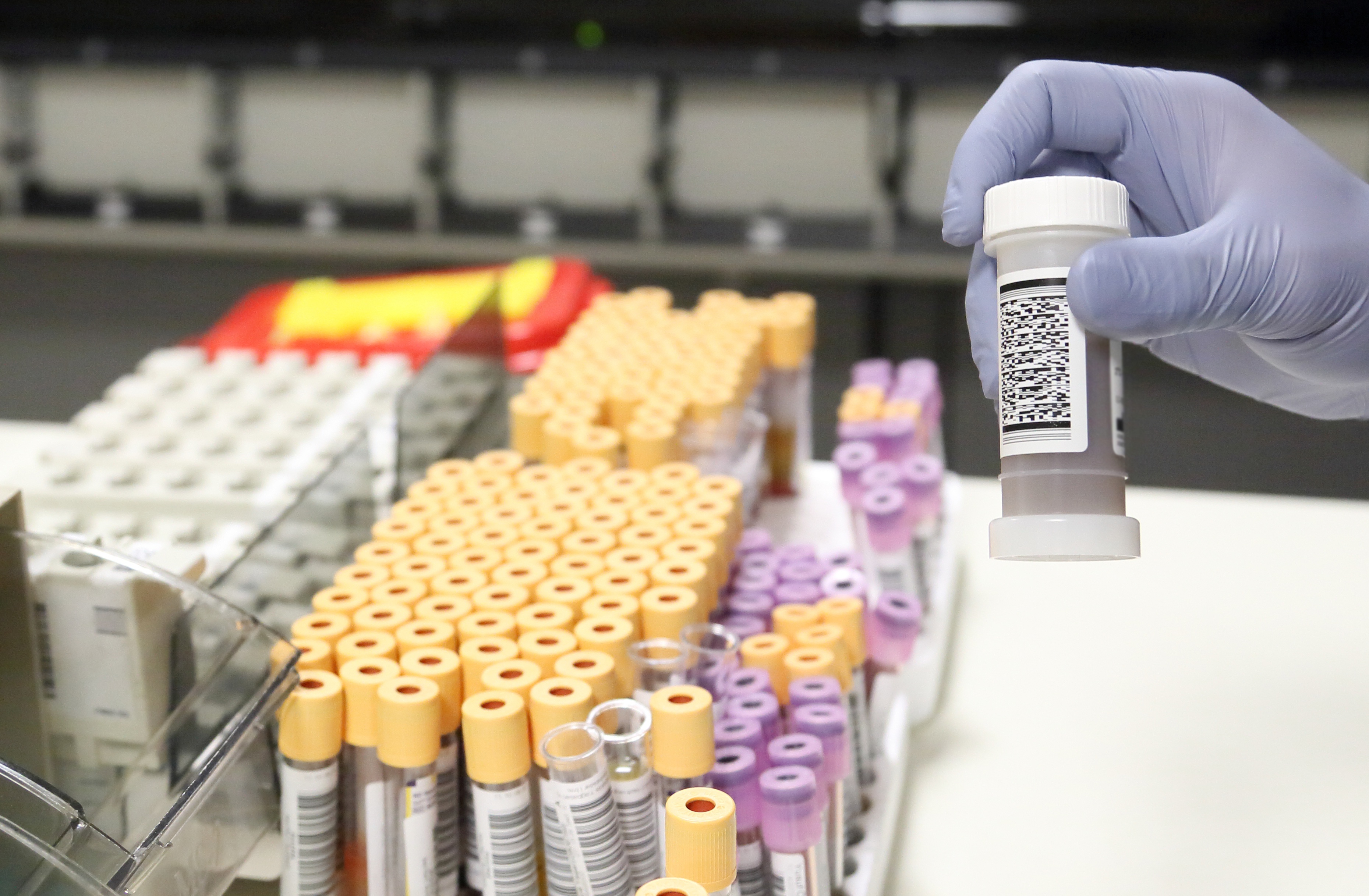
A group of engineers from the University of Pennsylvania have recently created a blood test capable of detecting rare blood proteins using a cellphone camera. Accompanied by a set of LED lights and the lab’s microfluidic droplet generators, the Penn research team created used the phone camera to make a handheld system that is much more sensitive and inexpensive than standard protein assays.
The researchers were led by David Issadore, assistant professor in Penn Engineering’s Department of Bioengineering, and Venkata R. Yelleswarapu, a Penn graduate student. Their findings were recently published in Proceedings of the National Academy of Sciences.
The common method of protein detection commonly used is ELISA, a technique utilizing antibodies of the proteins being tested for. Enzyme’s linked to these antibodies cause a variable change in sample color, indicative of the protein’s presence. This procedure is convenient for several commercial devices such as home HIV assays, however this technique is only effective in detecting a protein present in high concentrations.
Using blood assays such as ELISA to detect biomarkers for conditions such as traumatic brain injuries is particularly challenging. These biomarkers cross the blood-brain barrier fairly easily, resulting in very trace quantities being present in the bloodstream. Researchers have recently given support to using these indicative compounds in a blood test, but with their extremely low concentrations, the test sensitivity must increase greatly.
“By a thousand times more sensitive, we mean that if we had a vial of blood with only a few of the relevant proteins, we can accurately count those proteins, whereas a traditional test couldn’t reliably tell the difference between that vial of blood and one with none of the protein in it,” explained Issadore. “As you keep increasing the number of proteins, the traditional test will eventually be able to detect them, but we can quantify the number of proteins at concentrations a thousand times less than they can.”
READ MORE: A Simple Blood Test for Melanoma Detection?
The team’s approach analyzes proteins individually, breaking the sample into microdroplets that either contain one single protein or no protein at all. The goal is for the camera to detect whether these droplets contain fluorescing markers, indicative of protein presence. His lab has generated microchips containing hundreds of microdroplet generators that work in parallel.
Once difficulty Issadore and his team encountered in optimizing their approach to protein detection was expediting the process. Most commonly used digital droplet detectors lining droplets up to be measured one at a time, yielding great accuracy at the expense of bulky size and high cost.
These devices are limited in throughput as well, being that they must analyze millions of droplets in sequence. Yelleswarapu noted that current devices measuring at a rate of one-thousand droplets per second is still considerably slow if one must analyze 50 million.
READ MORE: New Alzheimer’s Blood Test Predicts Disease Long Before Symptoms Occur
Uniquely, the researchers created hundreds of channels that move droplets past the camera at once. This eliminates the rate-limiting aspect of having one channel for droplets to flow through, however, the camera’s ability to process all of this information at once becomes the new drawback.
“Conventionally, that wouldn’t work since the exposure time you’d get from a regular camera is such that the signals from two droplets next to each other would overlap,” stated Yelleswarapu. “A cellphone camera takes about a hundred images a second, and that’s far too slow to be useful for us to resolve these droplets. But you can use that camera if the light source you’re using to illuminate the droplet strobes a thousand times faster than the framerate of the camera.”
READ MORE: New Noninvasive Blood Sugar Monitor On Par With Finger Prick
This unique strobe light pattern never repeats itself in sequence, which Issadore claims was inspired by radar. This strobing aspect of their system is the strategy that ultimately allows them to differentiate neighboring droplets.
“By using this time domain modulation with cloud computing, we overcome the low frame rate of digital imaging, and achieve throughputs as high as 1 million droplets per second,” the authors note in their publication.
Penn engineers can detect ultra rare proteins in blood using a cellphone camera | https://t.co/R3fhX9nCi2 #proteomics pic.twitter.com/QSYNCbT69q
— Pastel BioScience (@PastelBio) February 19, 2019
Sources: PNAS, EurekAlert







 © 2025 Mashup Media, LLC, a Formedics Property. All Rights Reserved.
© 2025 Mashup Media, LLC, a Formedics Property. All Rights Reserved.